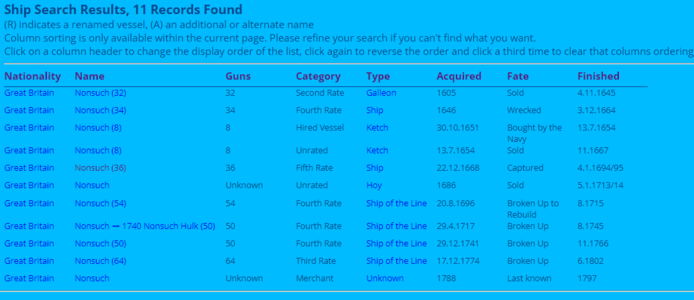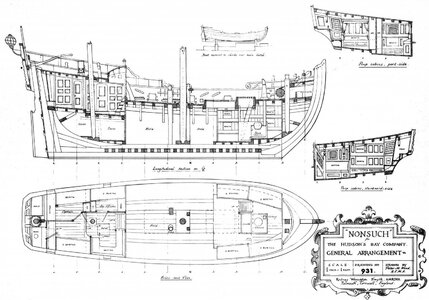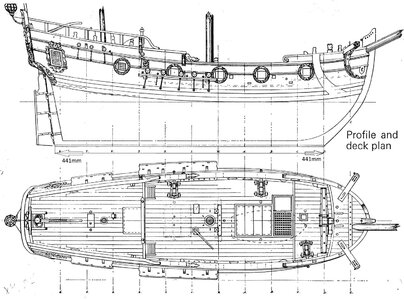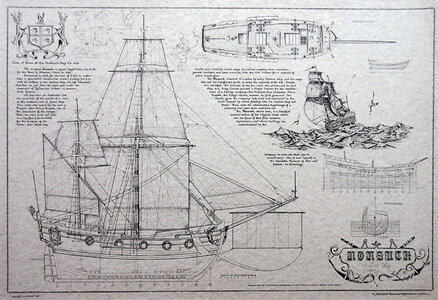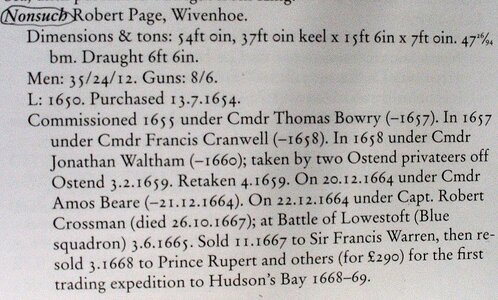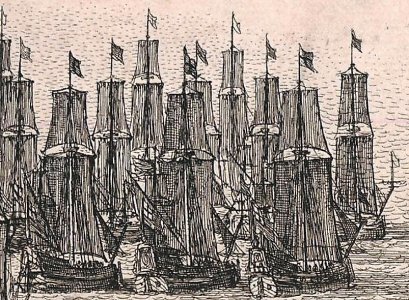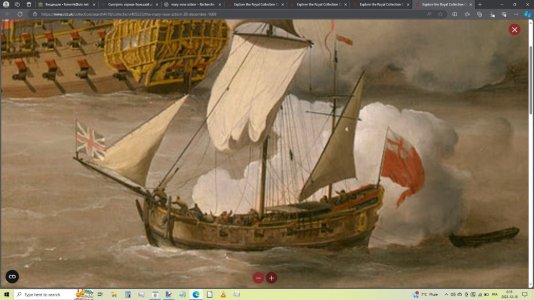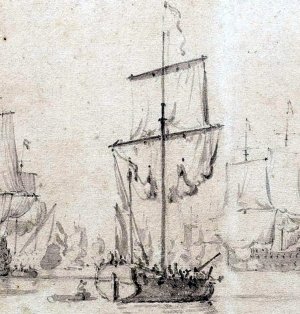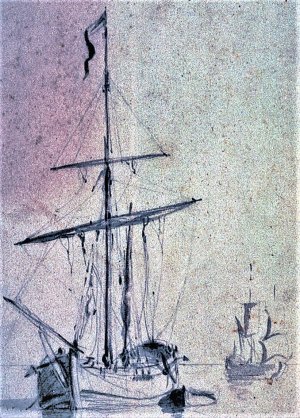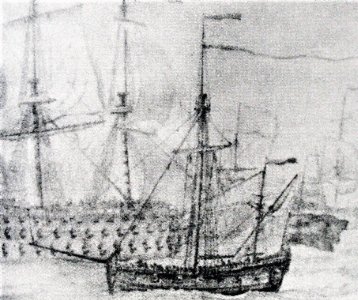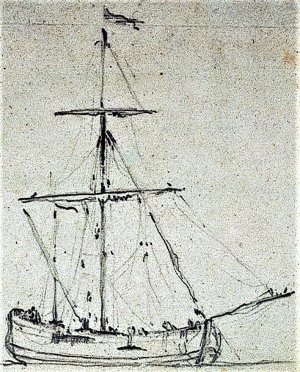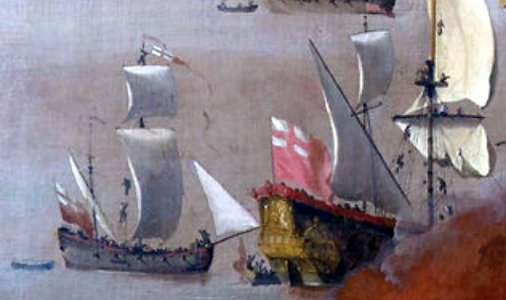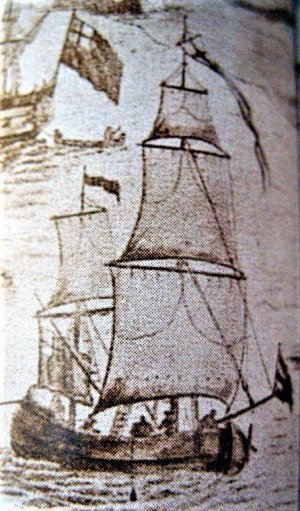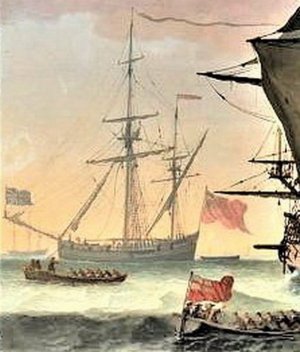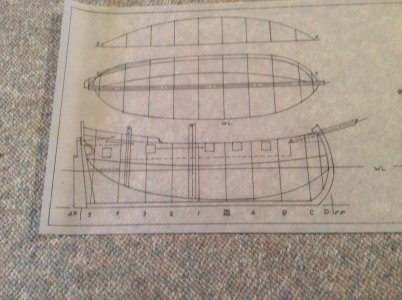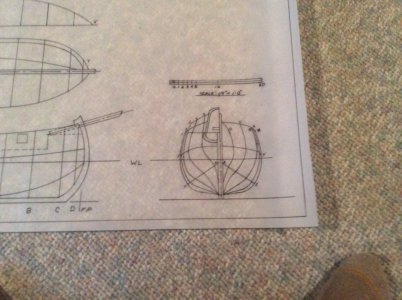Ciao, I managed to get a digital copy of the plans from the Manitoba Museum after a long wait.
Apart from the accuracy of the drawings, the thing that struck me most was the huge amount of data on the ship.
In this regard, I noticed that the various plans have 2 types of scales.
For those of a general nature, the ratio is 1/2 inch = 1 foot, so 1/24 scale.
While for those with the smallest details, the ratio is 1 inch = 1 foot, so 1/12 scale.
With this accuracy, it seems really strange to me, but I could be wrong, that the scale of the various tables is not specified, compared to the real ship.
As a test, I printed the first of the 19 drawings I received, without changing the scale settings or adaptation to the paper format for the printer.
The result was disconcerting, the ship immediately seemed very small to me, that is, the drawing was on a much larger scale than I would have expected.
I decided to try to compare it with the one in which you entered the measurement of 441 mm and I must say that in mine I found 212 mm, that is less than half.
At this point I ask if someone who has the same plans, can help me understand the exact reduction ratio to which I must set the printer to have drawings in the correct 1/24 scale.
I repeat that I have no problems with the size of the print, the plotter can reach a maximum width of 914 mm and a length of several meters.
I hope someone can help me, I love this ship and I think of making it in 1/24.
Even if my dream would include 1/12, which however for a small ship, would not be huge.





